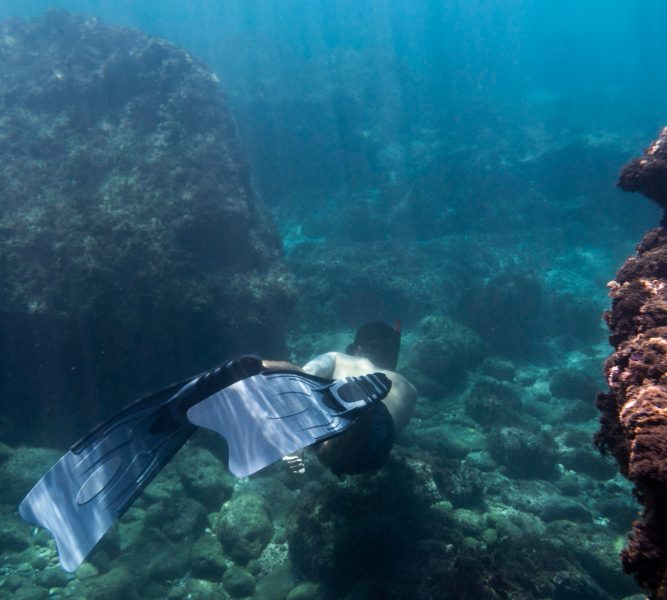Introduction:
Beneath the shimmering surface of the ocean lies a world of mysteries and challenges, especially for those tasked with maintaining and operating maritime assets. From ships and offshore structures to underwater pipelines and cables, the integrity of these underwater assets is paramount to ensure safe and efficient maritime operations. In this blog post, we dive deep into underwater inspection, exploring its significance, methods, and vital role in the maritime industry.
Ensuring Safety and Integrity:
Underwater inspection is a critical component of maritime asset management, aimed at assessing the condition and integrity of submerged structures. Regular inspections help identify potential issues such as corrosion, fouling, structural damage, and marine growth, which if left unchecked, can compromise the safety and reliability of maritime assets. By proactively monitoring the condition of underwater structures, operators can mitigate risks, prevent accidents, and ensure compliance with regulatory standards.
Methods and Technologies:
Underwater inspection employs a variety of methods and technologies to assess the condition of submerged structures effectively. Divers equipped with specialized equipment such as cameras, sonar, and measuring devices are often deployed to visually inspect underwater assets up close. Remote-operated vehicles (ROVs) and autonomous underwater vehicles (AUVs) equipped with high-definition cameras and sensors are also used to conduct inspections in areas that are difficult or unsafe for divers to access. Additionally, advanced techniques such as magnetic particle testing, ultrasonic testing, and cathodic protection surveys are employed to evaluate the integrity of underwater assets and detect defects that may not be visible to the naked eye.
Challenges and Solutions:
Underwater inspection poses unique challenges compared to inspections conducted in terrestrial environments. Limited visibility, strong currents, and biofouling are just a few of the obstacles that inspectors may encounter during underwater inspections. To overcome these challenges, specialized training, equipment, and procedures are required to ensure the safety and effectiveness of inspections. Collaboration between divers, ROV operators, engineers, and technicians is also essential to coordinate inspections and interpret findings accurately. Additionally, advancements in technology such as improved imaging systems, enhanced sensors, and data analytics are helping to overcome some of the limitations associated with underwater inspections, making them more efficient and reliable.
Regulatory Compliance and Environmental Protection:
Underwater inspection is not only essential for maintaining the safety and integrity of maritime assets but also for ensuring compliance with regulatory requirements and environmental protection standards. Regulatory bodies such as classification societies, maritime authorities, and environmental agencies often mandate regular inspections of underwater structures to verify their structural integrity, operational safety, and environmental impact. By adhering to these regulations and implementing best practices for underwater inspection, operators can minimize the risk of incidents, reduce environmental pollution, and demonstrate their commitment to responsible maritime stewardship.
Conclusion:
In conclusion, underwater inspection plays a vital role in ensuring the safety, reliability, and environmental sustainability of maritime operations. By employing a variety of methods and technologies, operators can assess the condition of submerged structures with precision and accuracy, identifying potential issues before they escalate into costly problems. As the maritime industry continues to evolve and expand, the importance of underwater inspection will only grow, reaffirming its status as an indispensable tool for safeguarding the oceans and the assets that traverse them.





